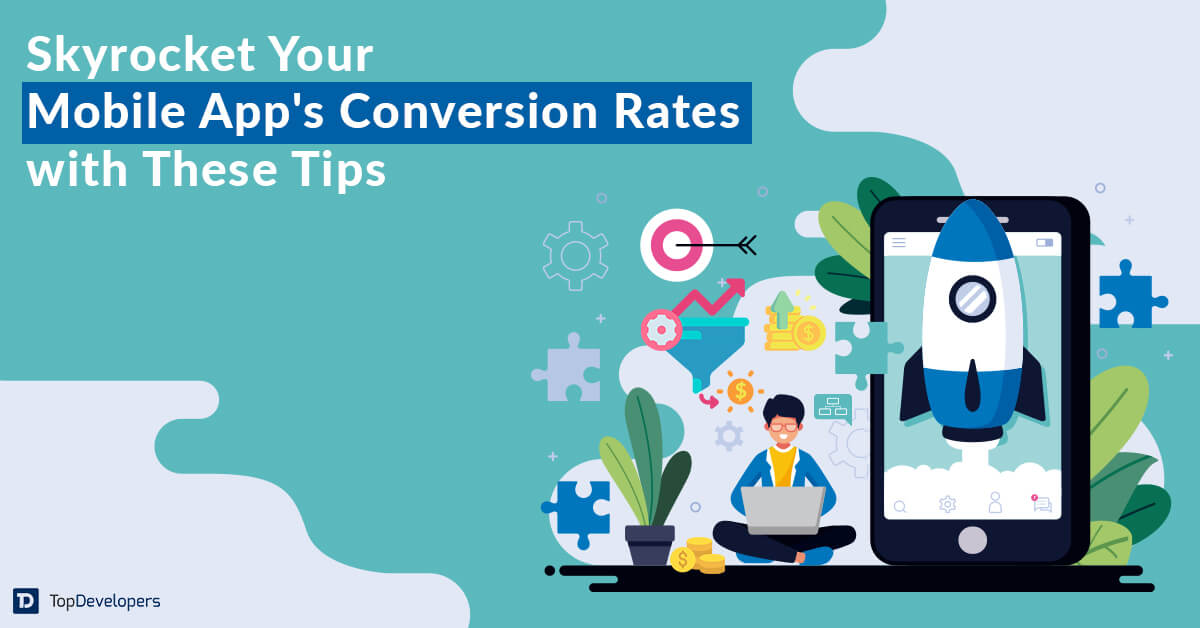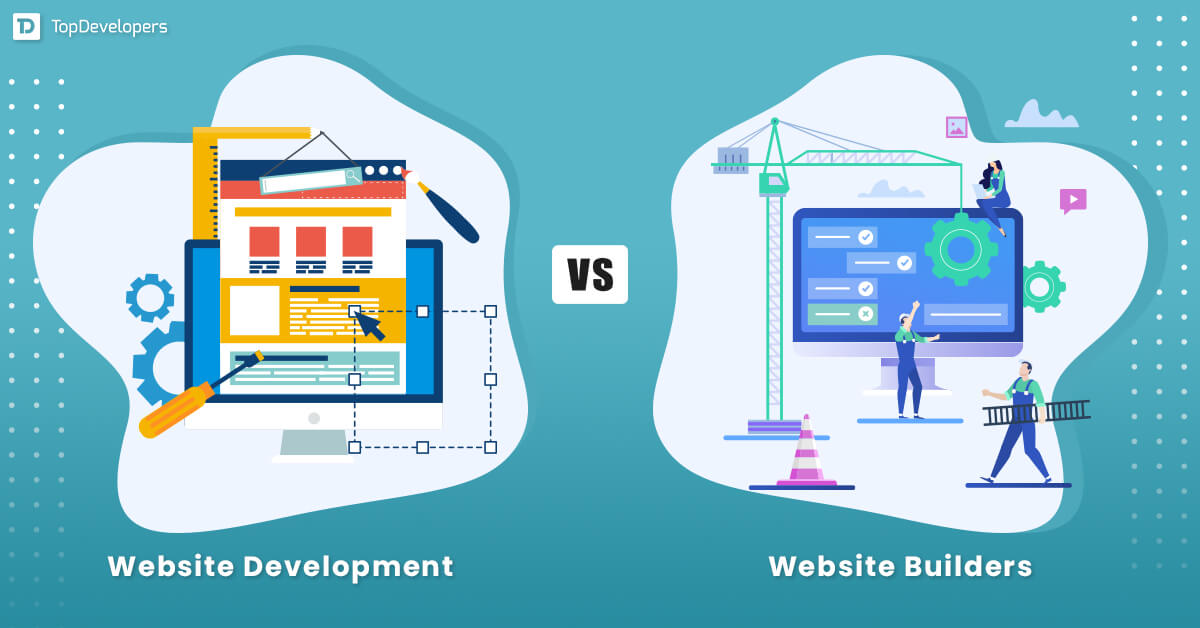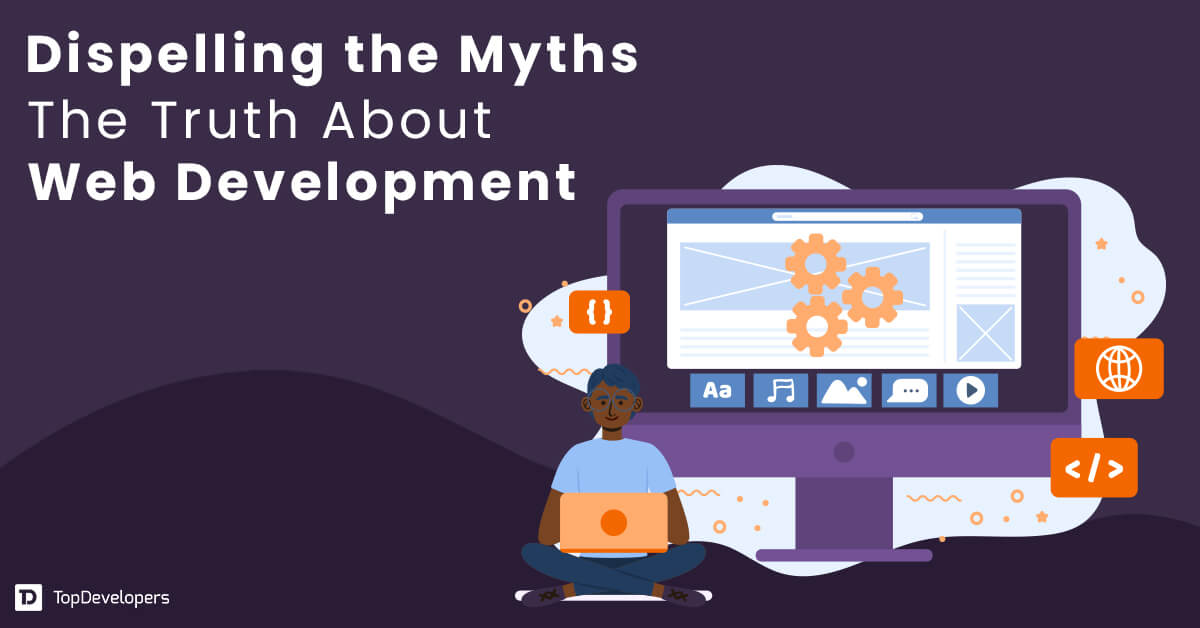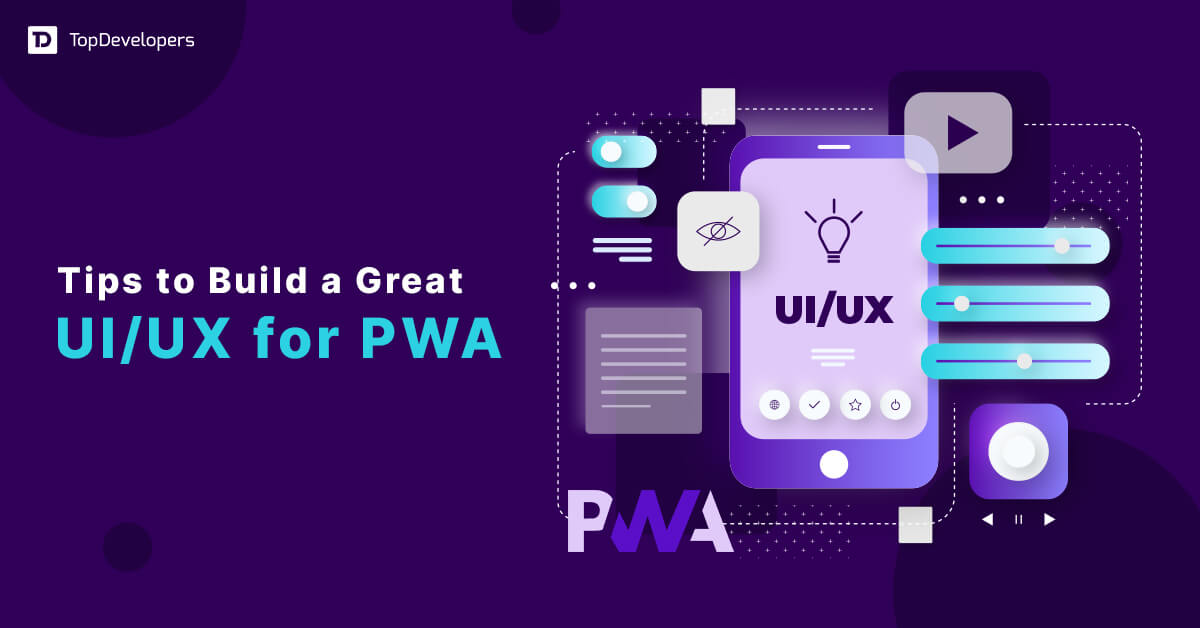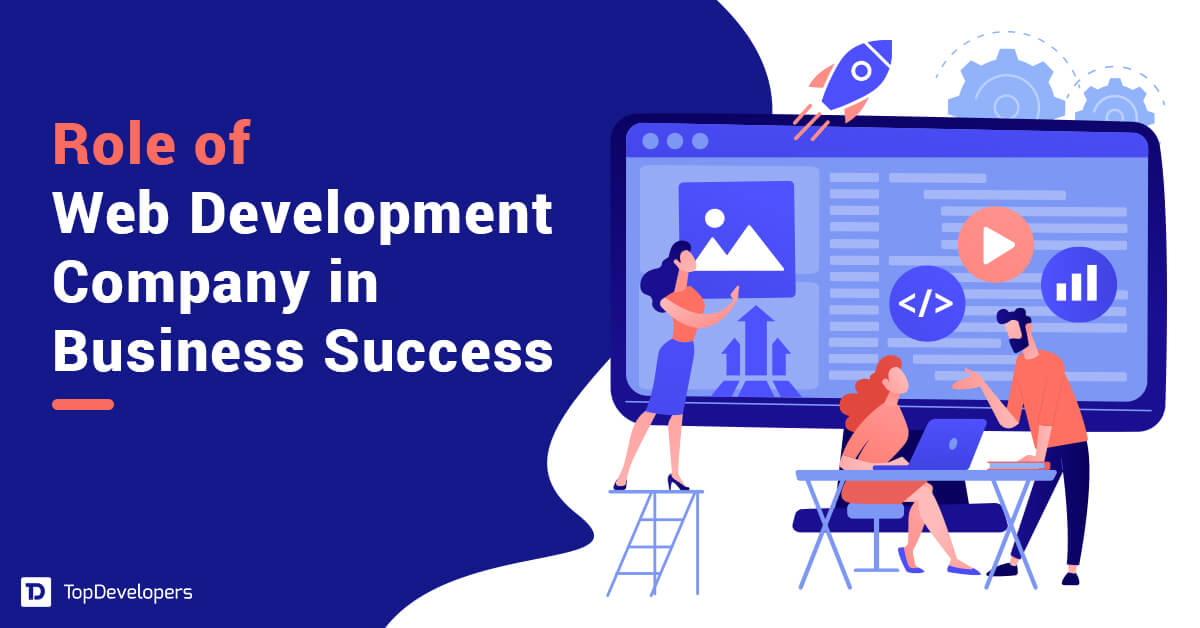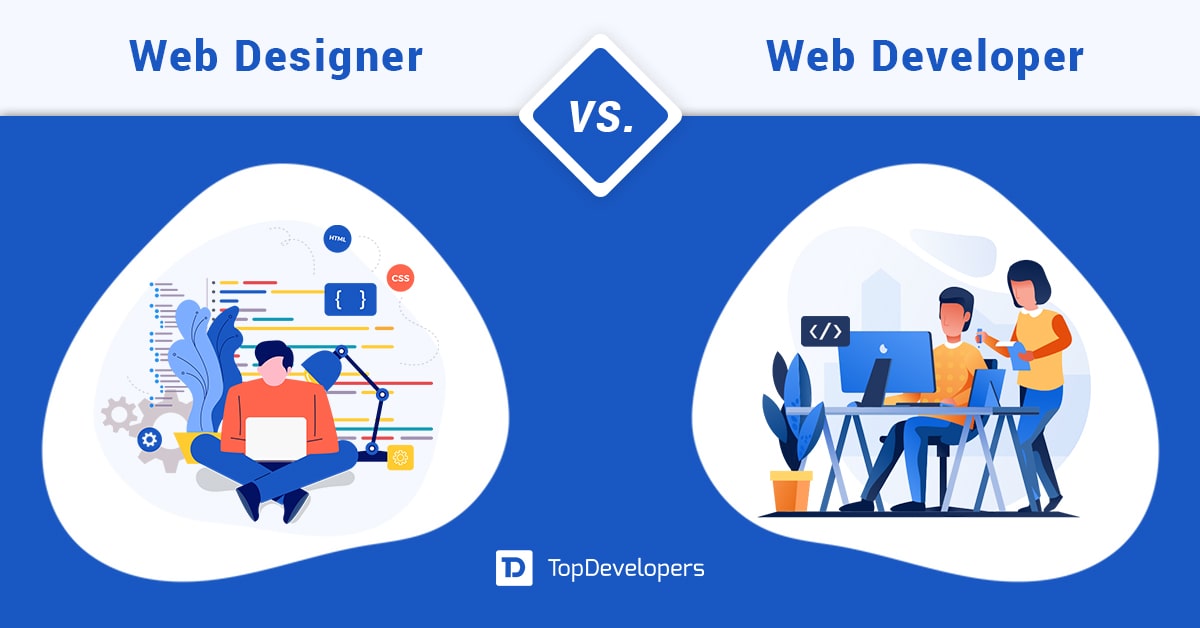
The moment, you as an entrepreneur, get an idea of building a startup, a strategic plan is created comprising all the baby steps that make your business successful as it grows and evolves. A strong marketing foundation is created just after defining the purposes of a website for business which in most cases is to bring more visitors and turn them into potential customers. The best way to generate traffic, improve conversion, and increase ROI is to build a WEBSITE.
Any modern business, irrespective of the offline or online operation knows the importance of having a website as it helps to communicate and engage with their clients and prospects. Without a website, modern business operation is practically unthinkable.
Table of Contents
- Why startup need a website?
- How startups can boost their conversion rate with website development?
- Conduct CRO Audit
- Plan for CRO
- Shorten Forms to Reduce Information Upfront
- Enable Live Chat
- Test Content
- Launch Abandoned Cart Email Campaigns
- Create A Unique Value Proposition
- Optimize for Mobile
- Improve Loading Speed
- Localize Content
- Facilitate Autocomplete Feature
- Keep It Simple Throughout
- User Engagement for Long-Term Results
- Fulfill All SEO Requirements
- Optimize for Hosting Server
- A/B Testing Your Website
- Social-Proof Website
- CTAs Optimization
Why startup need a website?
A website literally stands as the face of any business and just like your business infrastructure or store-front, you need to take care of it to make it look appealing and engaging.
For a business startup, the importance of a website is even more crucial as, unlike large enterprises, it is likely to operate with minimum resources while always competing with the leading brands of the niche. A large number of startups now heavily depend on websites irrespective of the type of website for generating search engine traffic and converting them to business revenues.
The question is, how can websites for startups ensure steady business conversion? Well, the answer is by learning from the leading businesses that began their journey as a startup that has now grown into formidable brands in the online space. Their study will lead you to understand and make a strategy that can help you increase the conversion rate for your website.
Here we are going to explain some of the key areas that any entrepreneur should pay attention to while creating a website for their startup. They will help to boost the conversion rate for website and increase ROI.
How startups can boost their conversion rate with website development?
Optimizing the website effectively helps in converting website visitors into potential customers. This leads to increased revenue generation and business success. Here are a couple of hacks to boost conversion rate with website optimization.
Conduct CRO Audit
Conversion rate is directly proportional to user experience, which mandates businesses to know which touchpoints or micro-moments delight the users, irritate them, or turn them into potential customers. It unfolds opportunities hidden in plain sight that businesses can leverage effectively to boost conversion rates.
The CRO audit is performed with a blend of interviews, session recordings, user segment surveys, and Google Analytics tools that help understand where your website is failing. Different types of startups then use this information for optimizing conversion funnel; the results will be excellent with improved sales and ROI. Hiring the best from the list of top SEO companies for startups to conduct a CRO audit is an optimal approach to get things working quickly.
Plan for CRO
After identifying what to optimize in your business website, the next step is to figure out how to make changes in a particular order. It involves prioritizing all the areas of improvement, and again, they are tested to ensure following this sequence is good to go ahead. Conversion rate optimization planning helps take things forward strategically.
HubSpot CRO planner is also popularly used to help businesses understand websites, identify areas of improvement for conversion, and continue experimenting with many things.
Top digital marketing strategists can help to create a strategy that will increase the rate of conversion.
Shorten Forms to Reduce Information Upfront
Users are less likely to provide information upfront. The best example is e-commerce users who hesitate to fill out long forms before checkout. Making the forms short, that is, reducing the number of fields in the form will help businesses to increase conversion rate.
When the registration form is shortened, users are likely to fill the form that helps businesses get users’ data, which they can use to deliver personalized user experiences and improve the conversion rate. Enabling support for OAuth login options like- Google or Facebook removes the need for users to re-enter login details, which accelerates the checkout process.
Enable Live Chat
Be it visitors or potential customers, they have some queries that they want to get answered instantly. When the concerns are not resolved promptly, businesses risk losing customers to the competition and decrease the conversion rate exponentially. It can be prevented with live chat functionality implementation.
With support for live chat, the sales team or customer support personnel eliminate all the issues regarding product/service with prompt solutions. Such services meet the instant gratification needs of the customers and increase the chances of conversion and retention.
Test Content
Businesses have experienced that despite adding social media logins, shortening the forms, enabling live chat, and simplifying navigation, the results are ineffective. The reason behind output going southwards is website content doesn’t align with the audience.
From text and infographics to multimedia content must be designed creatively and compellingly to strengthen users’ trust in the brand. For example, providing a free trial or free subscription is the generic offer that every business website offers, but when it’s twisted with free advice or consultation from experts, it makes the user interested, and they likely connect with the brand. Such connection helps in converting website visitors into leads.
Launch Abandoned Cart Email Campaigns
Every time users browse the business website, they willingly add products/services to the cart but less often checkout. The abandoned cart indicates that something goes wrong that makes the users leave the cart. Well, users can forget, but businesses need to memorize them with abandoned email campaigns.
Such email campaigns create a sense of urgency with a message like- ‘stock is about to last’, bringing the users back to the website and making them complete the purchase. Reminder emails with follow-ups are a great way to improve conversion.
Create A Unique Value Proposition
Users visiting your website want something unique that appeals to and persuades them to buy products/services. Business websites should highlight the advantages of using their products that address users’ pain points and help them achieve their goals like no other.
Painting the picture of products/services in a one-of-a-kind way makes users feel that their life is impossible without them. Such a tactic will improve conversion for sure.
Optimize for Mobile
A few years back, Google’s mobile indexing phenomenon led businesses to optimize their website for mobile devices to improve SERP. Not optimizing for mobile devices means losing top rankings that negatively impact business visibility and, thus, conversion. Users are using mobile devices most globally, which necessitates mobile optimization.
For example, websites, when optimized for mobile checkout, ensure that the checkout page is optimized according to mobile screens. Say the mobile device checkout page should support autofill, provide a numerical keypad for entering card information, add space to card numbers, and others that increase conversion rate.
Improve Loading Speed
Nowadays users search for business products/services more on mobile or smartphones rather than desktop, which signals optimizing website page speed is essential. The reason is users abandon the website if it takes longer than three seconds to load on a desktop and one second to load on mobile. It harms the conversion rate.
When a business observes that one page is not converting, the mobile page’s speed needs to be checked using tools like- Google PageSpeed tools and optimize it accordingly. Optimizing mobile page speed involves adding important images, compressing multimedia elements’ size, and other tricks. Ensure that a responsive website performs flawlessly on all devices.
Localize Content
Localized content performs well in local searches, which improves the conversion rate proportionately. Website content such as language, local contact details, reviews, and others should be optimized locally so that users quickly get familiar with and buy them.
Things that have dramatically helped increase conversion rate are translating checkout page language and showing prices in local currency. Experienced local SEO service providers recommend content localization for local marketing that includes adding a location page to the website, content translation in the local language and online directory listing management.
Facilitate Autocomplete Feature
One in five businesses don’t support autocomplete features, which leads to cart abandonment as it takes them too long to complete the checkout process. It indicates optimizing the checkout page with autocomplete features such as payment details or mobile numbers is essential for increasing conversions.
Allowing users to save shipping addresses, payment details, and other preferences will simplify checkout, and users can complete the process with a single click or just a tap away.
Keep It Simple Throughout
It is widely accepted that the simple design of websites ensures a higher conversion rate. But it is not just design; it is the whole web experience that needs to be simple, fluid, and effortless.
For example, the homepage, where you receive your audience and guide users to navigate the site, must be easy to understand. The first principle will be to cut the cognitive load as much as possible to drive their attention toward business conversion. Organize the homepage layout for better engagement and traction to ensure providing the most important information is always above the fold.
Secondly, keep the menu option simple, and the hamburger menu goes well with most websites designed after the minimalist convention. When it comes to text, ensure to provide only minimum text to catch the attention easily. Lastly, the homepage design and content should be entirely driven toward a benefit that you are going to provide to the customer.
User Engagement for Long-Term Results
Generating the traffic for a website is just half of the entire story of business conversion. When a website generates a good volume of traffic for your business, you need to keep them engaged so that this helps to build loyalty and boosts business conversion.
Increased user engagement and longer session duration make the lifeline of successful websites. How long the user sticks to a web page determines the success of a website. Besides, providing relevant and engaging content followed by innovative promotional offers engages the users.
Fulfill All SEO Requirements
SEO is not about keyword-optimized content; instead, it’s more than that. Critical aspects of superior web experience that impact SEO include page loading speed, mobile friendliness, and on-page SEO.
As for on-page SEO, you must fulfill all requirements to help the search engine crawlers find relevant content. It includes rich snippets, alt text for images, keyword-optimized descriptions, creating relevant link profiles, good interlinking, using a sitemap, etc. The SEO companies that you hire will efficiently look into all these and many other aspects based on the goals set to increase your business conversion with your website.
Optimize for Hosting Server
When traffic increases, the low-traffic business website struggles to complete requests quickly. In such circumstances, shared hosting cannot work. It’s essential to choose the fast web hosting service providers and optimize it for high loading speed, irrespective of traffic spikes. Top web development companies often prefer VPS hosting or a dedicated server to ensure the high performance of your website.
VPS hosting is an optimal solution for a website with average traffic as it uses multiple servers for content distribution, and every website client has their part of the virtual server. On the other hand, a dedicated server like Google, Azure, or AWS involves paying rent to a cloud server and hiring an administrator that guarantees high performance regardless of traffic spikes. Unlimited scalability ensures flawless performance all the time.
A/B Testing Your Website
Evaluating website design and every aspect is best done by A/B testing. A/B testing is also referred to as split testing. It is done by running different versions of the same web page and measuring the conversion rate for each page version separately. When such testing is carried out, each half of your traffic may see a different version.
During split testing, it is better to limit the on-page design changes so that you can quickly identify which design elements impact conversion. It is often most effective when you keep the change to just one. For example, one version may have some text on the hero image of the homepage, and the other version may appear much more straightforward with no text over the image. Suppose the later version resulted in more checkouts and actual purchases; you should stick to that.
Social-Proof Website
Presently, users trust the brand and its credibility when it is best reviewed on social media platforms. The reviews on social channels appeal to potential prospects and convince them to buy products/services from the brand. Startups can get social-proof for their website by publishing genuine user reviews, asking clients for testimonials, and posting the number of products sold that are shown as a benchmark.
Remember, when startups are in search of the proper development partners, following a guide on how to select the best web development company helps them get the right team on the board. The team further helps in meeting the web development requirements for their business.
CTAs Optimization
If you are looking for ways how to increase your online conversion rate, then CTA optimization is the answer. The conversion rate is directly proportional to how CTA (Call to Action) is set, which acts as a powerful magnet to attract and convert leads. Some tips to set up CTA are shared that ultimately boost your website conversion rate.
- Use inline optin form: Introducing inline optin forms in the blog posts is an excellent opportunity to increase the list of subscribers. Inline embed forms enable businesses to integrate email optin forms between the blog that immediately grabs the users’ attention. Thereby, startup businesses get the best chance to hit the mark.
- Set up sticky widgets: It keeps the email opt-in in the users’ view irrespective of scrolling up or down. Once the business sets up the sticky widgets as floating bars on the web app screen, they always remain visible to enable the users to subscribe when they want.
- Link CTA strategy tactically: CTAs make the users perform the desired action as they land on the specific page. They should be displayed above the fold to make them more noticeable. Keeping a unique color for the variety of CTA button brings it into the spotlight and catch maximum users’ attention.
- Instil a sense of urgency: Instill a sense of urgency in the users with strategic CTAs such as limited-time offers with a clear deadline followed by a countdown timer they found while browsing the products/services. It fosters users to make the most out of the offers and not miss the opportunity.
- Create pop-up form: Pop-ups drive higher conversion in place of distracting and annoying users when it’s used intelligently. Sumo-like plugins enable adding a pop-up to the website that is easily customized based on the target audience’s preferences and page needs. For instance, when users spend a couple of minutes browsing a product/service, then a relevant pop-up illustrating the offer or combo purchase makes the users interested and increases the conversion.
Looking for the Best Web Development Companies to Improve Business Conversion?
Final conversion
The key components mentioned above concerning websites that can impact business growth and conversion for a startup will always be stressed by a startup consulting web expert. The point is to make sure all these measures are practiced while developing a website rather than losing focus here and there. In a highly competitive scenario, startups need to exercise all validated methods in perfect measure for optimum output. With limited resources and expecting solid results, these measures remain as irreplaceable as ever.
 Avantika Shergil
| Nov 20, 2023
Avantika Shergil
| Nov 20, 2023
Avantika Shergil is a technology enthusiast and thought leader with deep expertise in software development and web technologies. With over 8 years of experience analyzing and evaluating cutting-edge digital solutions, Avantika has a knack for demystifying complex tech trends. Her insights into modern programming frameworks, system architecture, and web innovation have empowered businesses to make informed decisions in the ever-evolving tech landscape. Avantika is passionate about bridging the gap between technology and business strategy, helping businesses build customized software and website, and understand about different tools to leverage effectively for their ventures. Explore her work for a unique perspective on the future of digital innovation.



